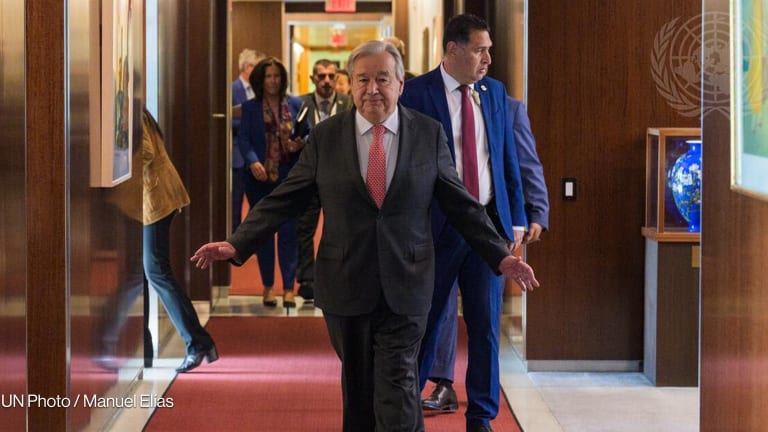The role of data is dominating conference room conversations in global development hubs and influencing the work of teams in the field around the world. The same talk is swirling at volunteer-sending organizations — although by placing a heavier focus on monitoring and evaluation than ever before, these groups are hoping to secure a more solid foothold for the role of volunteering in the sustainable development goals.
“We have to become more fluent in the language of M&E.” said Peace Corps Director Carrie Hessler-Radelet at the “Leveraging Volunteerism for Global Impact” event in Washington, D.C., Wednesday. “A former Peace Corps country director said, ‘give them a story and we’ll win their hearts, give them data and we’ll win their money.’”
Many organizations have become far more sophisticated in their storytelling, skilled in providing illuminating case studies and creating person-to-person connections. But the goal now, Hessler-Radelet said, is to provide both qualitative and quantitative proof of volunteer impact.








